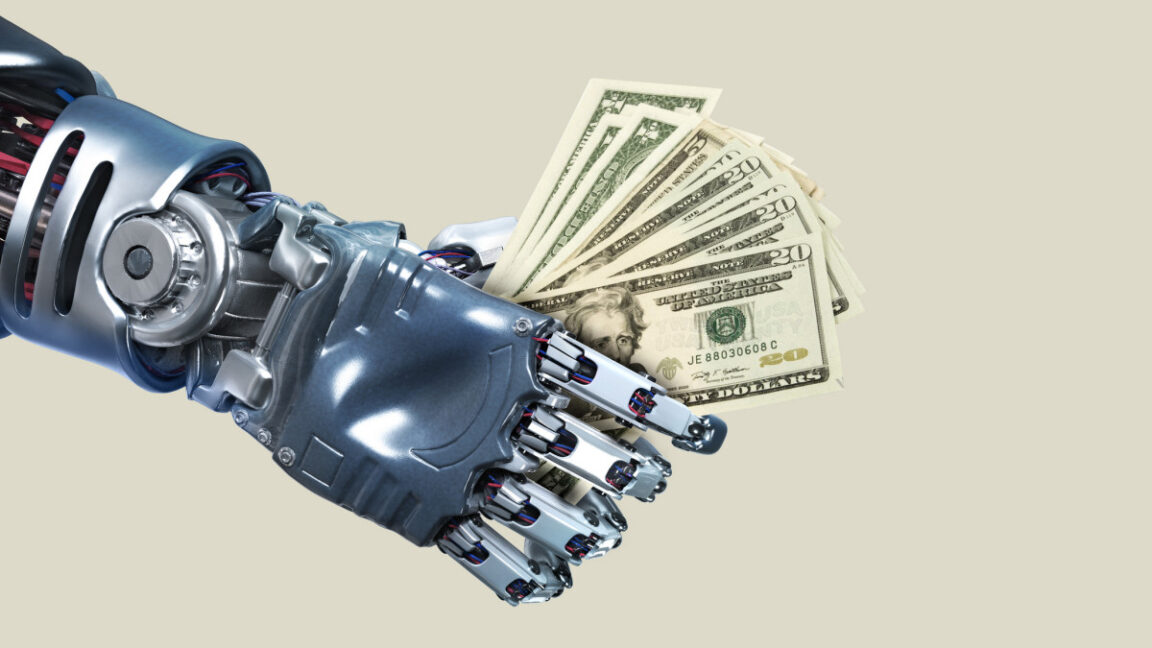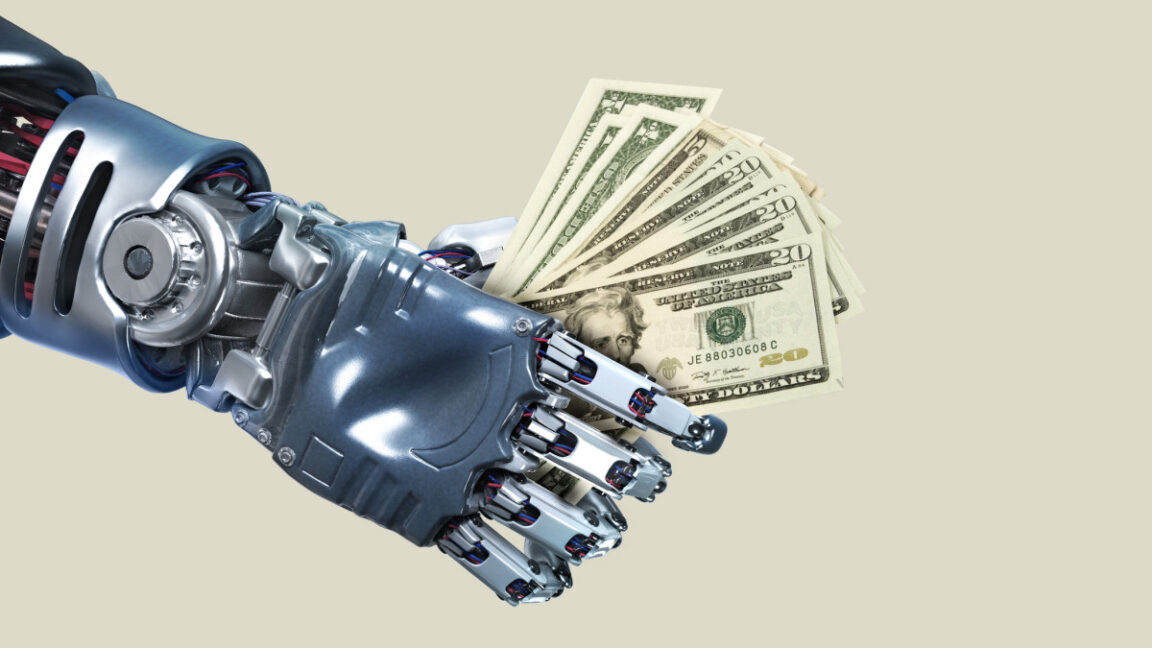AI Salaries Outpace Historic Scientific Achievements

In the fiercely competitive world of Silicon Valley, AI talent has reached unprecedented compensation levels. Meta recently set a new benchmark by offering AI researcher Matt Deitke $250 million over four years, potentially reaching $100 million in the first year alone. This staggering figure eclipses historical records for scientific and technical compensation, including those from major 20th-century scientific advances.
Matt Deitke, who co-founded the startup Vercept, was instrumental in developing the multimodal AI system, Molmo, at the Allen Institute for Artificial Intelligence. His proficiency in handling images, sounds, and text aligns with Meta's technological ambitions, making him highly sought after. The stakes in the AI realm are high, as companies like Meta, Google, and OpenAI race to achieve artificial general intelligence (AGI) or superintelligence, which promises to revolutionize markets worth trillions.
Historically, such salaries are astronomical. For context, J. Robert Oppenheimer led the Manhattan Project with an annual salary of approximately $10,000 in 1943, equivalent to about $190,865 today. In contrast, the 24-year-old Deitke, having left a PhD program, is set to earn around 327 times more than Oppenheimer during the atomic bomb's development.
The AI race is likened to an NBA-style talent market, with today's top researchers sometimes earning more than professional athletes. For instance, Steph Curry's recent four-year contract was $35 million less than Deitke's deal, though Cristiano Ronaldo remains a top-paid athlete.
Mark Zuckerberg, Meta's CEO, has emphasized investing heavily in AI talent, equating superintelligence's potential to bringing a new era of individual empowerment. Companies now see AI researchers as invaluable, akin to assets—an outlook that drives exorbitant compensation.
In the past, figures like IBM’s CEO Thomas Watson Sr. were among the highest-paid, yet modern AI packages far exceed those compensations. Collaborative innovation during Bell Labs' heyday also saw modest financial rewards compared to today's solitary yet well-paid AI pioneers.
Even during the Space Race—the Apollo program—key figures like Neil Armstrong earned modestly by today's standards. Armstrong's annual salary equated to $244,639 today, while Meta's offer means an AI researcher earns this in mere days.
This enormous leap in AI salaries points to a unique talent market, influenced by factors like trillion-dollar company valuations and a limited pool of expert AI researchers. Today’s economics differ starkly from past scientific endeavors, with the potential rewards of achieving AGI justifying the immense financial investment.
Visual: A faceless human silhouette with microchip contacts emerging from its head signifies the blend of human and AI technologies, reflecting the current debates on AI's impact, from neural implants to futuristic evolution topics.



